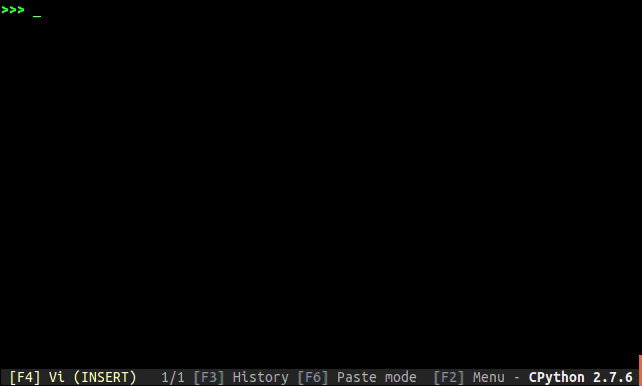Python中对列表排序实例
很多时候,我们需要对List进行排序,Python提供了两个方法,对给定的List L进行排序:
方法1.用List的成员函数sort进行排序
方法2.用built-in函数sorted进行排序(从2.4开始)
这两种方法使用起来差不多,以第一种为例进行讲解:
从Python2.4开始,sort方法有了三个可选的参数,Python Library Reference里是这样描述的
复制代码 代码如下:
cmp:cmp specifies a custom comparison function of two arguments (iterable elements) which should return a negative, zero or positive number depending on whether the first argument is considered smaller than, equal to, or larger than the second argument:
"cmp=lambda x,y: cmp(x.lower(), y.lower())"
key:key specifies a function of one argument that is used to extract a comparison key from each list element: "key=str.lower"
reverse:reverse is a boolean value. If set to True, then the list elements are sorted as if each comparison were reversed.In general, the key and reverse conversion processes are much faster than specifying an
equivalent cmp function. This is because cmp is called multiple times for each list element while key and reverse touch each element only once.
以下是sort的具体实例。
实例1:
复制代码 代码如下:
>>>L = [2,3,1,4]
>>>L.sort()
>>>L
>>>[1,2,3,4]
实例2:
复制代码 代码如下:
>>>L = [2,3,1,4]
>>>L.sort(reverse=True)
>>>L
>>>[4,3,2,1]
实例3:
复制代码 代码如下:
>>>L = [('b',2),('a',1),('c',3),('d',4)]
>>>L.sort(cmp=lambda x,y:cmp(x[1],y[1]))
>>>L
>>>[('a', 1), ('b', 2), ('c', 3), ('d', 4)]
实例4:
复制代码 代码如下:
>>>L = [('b',2),('a',1),('c',3),('d',4)]
>>>L.sort(key=lambda x:x[1])
>>>L
>>>[('a', 1), ('b', 2), ('c', 3), ('d', 4)]
实例5:
复制代码 代码如下:
>>>L = [('b',2),('a',1),('c',3),('d',4)]
>>>import operator
>>>L.sort(key=operator.itemgetter(1))
>>>L
>>>[('a', 1), ('b', 2), ('c', 3), ('d', 4)]
实例6:(DSU方法:Decorate-Sort-Undercorate)
复制代码 代码如下:
>>>L = [('b',2),('a',1),('c',3),('d',4)]
>>>A = [(x[1],i,x) for i,x in enumerate(L)] #i can confirm the stable sort
>>>A.sort()
>>>L = [s[2] for s in A]
>>>L
>>>[('a', 1), ('b', 2), ('c', 3), ('d', 4)]
以上给出了6中对List排序的方法,其中实例3.4.5.6能起到对以List item中的某一项
为比较关键字进行排序.
效率比较:
复制代码 代码如下:
cmp < DSU < key
通过实验比较,方法3比方法6要慢,方法6比方法4要慢,方法4和方法5基本相当
多关键字比较排序:
实例7:
复制代码 代码如下:
>>>L = [('d',2),('a',4),('b',3),('c',2)]
>>> L.sort(key=lambda x:x[1])
>>> L
>>>[('d', 2), ('c', 2), ('b', 3), ('a', 4)]
我们看到,此时排序过的L是仅仅按照第二个关键字来排的,如果我们想用第二个关键字
排过序后再用第一个关键字进行排序呢?有两种方法
实例8:
复制代码 代码如下:
>>> L = [('d',2),('a',4),('b',3),('c',2)]
>>> L.sort(key=lambda x:(x[1],x[0]))
>>> L
>>>[('c', 2), ('d', 2), ('b', 3), ('a', 4)]
实例9:
复制代码 代码如下:
>>> L = [('d',2),('a',4),('b',3),('c',2)]
>>> L.sort(key=operator.itemgetter(1,0))
>>> L
>>>[('c', 2), ('d', 2), ('b', 3), ('a', 4)]
为什么实例8能够工作呢?原因在于tuple是的比较从左到右之一比较的,比较完第一个,如果
相等,比较第二个
